
Avatars come in many forms, each with their own application areas: as a navigator in the vastness of the virtual world, a virtual assistant in VR training courses, or a digital model in the impressive worlds of video games. Avatars are artificial face, graphic figure, or image that is assigned to Internet users in a virtual world. It serves as an extension in the virtual realms and can show a great resemblance to us depending on the type of avatar. The options for creating avatars are as diverse as their shape. An easy and quick way to form is images or icons that you can choose from a ready-made library or download from your phone, disk, or cloud. The digital representative is displayed in two dimensions and can be used to identify the user and other participants.
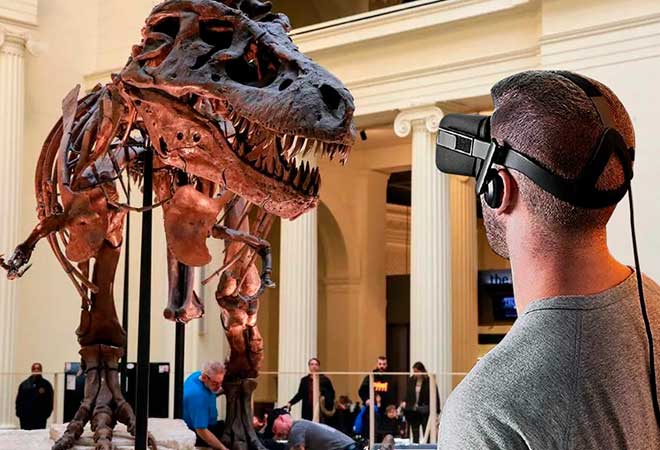
With the help of new technologies, natural and art-historical museums are exploring incredible dimensions. Museum visitors are transported to a different world with just a few movements. You choose a program on your smartphone, attach the phone to the body of the virtual reality glasses, put the device on your head, and use the wheel to adjust the sharpness of the picture. And now you climb the cumbersome stone stairs (in virtual reality) to the inside of the building. First, you pass the hall, then you go up another staircase, then down the corridor, and here you can decide whether you want to continue with the museum as a programmed tour, choose the route to the masterpieces, or whether it is better to move at your discretion.
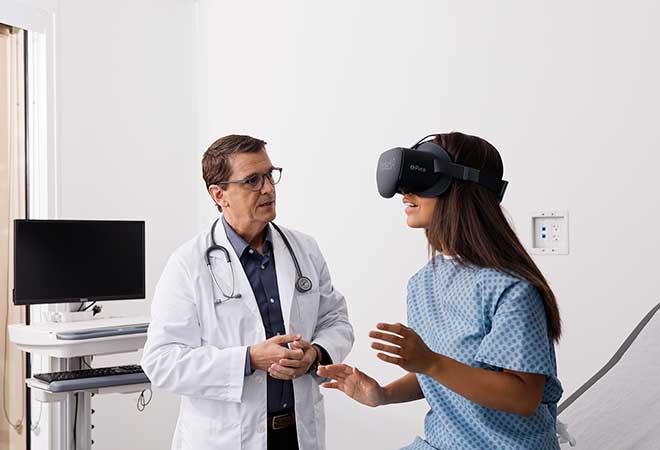
Researchers from the Lodz Polytechnic will help refugees from Ukraine treat psychological trauma caused by the war with the help of virtual reality technology. Advanced technology is slowly being integrated into the conservative field of psychotherapy. The traditional trappings of psychotherapy sense usually include chairs for the professional and the client. However, advances in technology are improving and modernizing the therapeutic approach, improving the quality of therapy. Online courses, video chats, various smartphone apps, e-books, and pamphlets have become an integral part of psychotherapy.

Research has shown that Exergaming has a positive effect on the body of a person who does not want to go to the gym. Exercise is not known to be a fun pastime. However, this situation is changing thanks to new active video games and virtual reality games. According to a new University of Georgia study, Exergaming, or active video games, may be the perfect start to help users be more active.
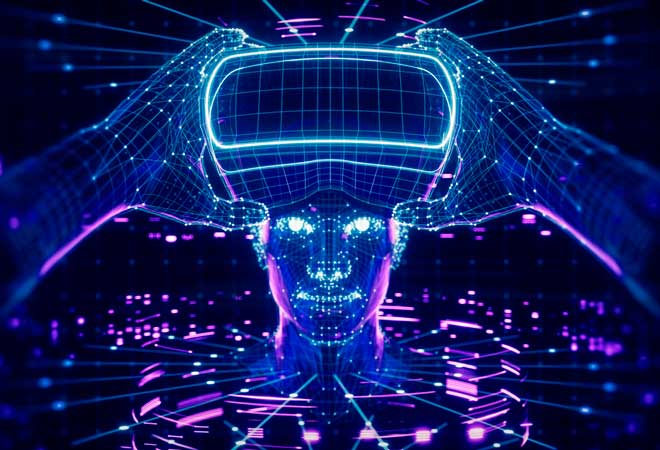
Although the first thing that comes to mind when thinking about the metaverse is often virtual reality and games, these are also two of the most popular misconceptions. Like any new technology, there are many different interpretations of what it is and what it means for the world.
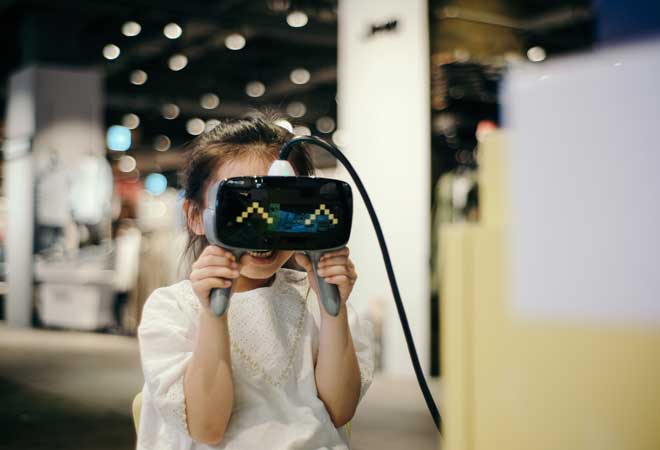
Various educational systems based on interactive whiteboards and projectors and large interactive displays are actively and effectively used in schools. The use of VR technology for educational institutions has become commonplace. Like any other process, education inevitably undergoes digitalization when high technology replaces or supplements old materials and techniques.
According to experts, shortly, VR and AR technologies will become a full-featured educational tool in parallel with teaching aids because this format is the most exciting and understandable to the modern generation of schoolchildren.
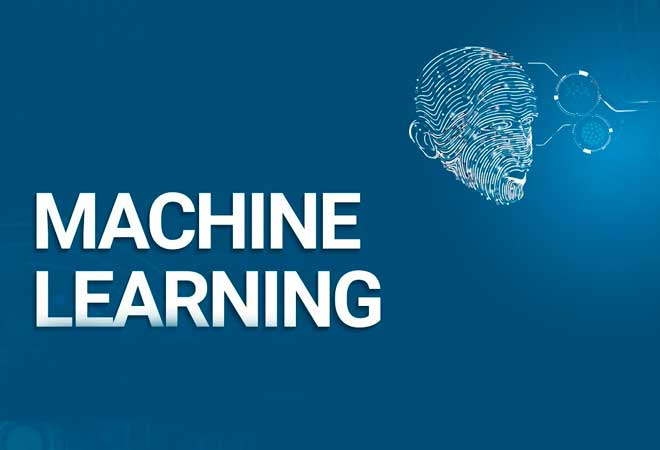
Reasons why machine learning technology could lead to an unstable world. Rapid and continuous progress in machine learning will lead to a new geopolitics: artificial intelligence nationalism (AI nationalism). Machine learning is a ubiquitous strategy that will affect all industries and parts of society. The changes associated with machine learning in the economy and the military will lead to national and international destabilization that will force authorities to take action. Ambitious governments have already begun to view machine learning as a key "breakaway" technology of the 21st century, and the race is on.
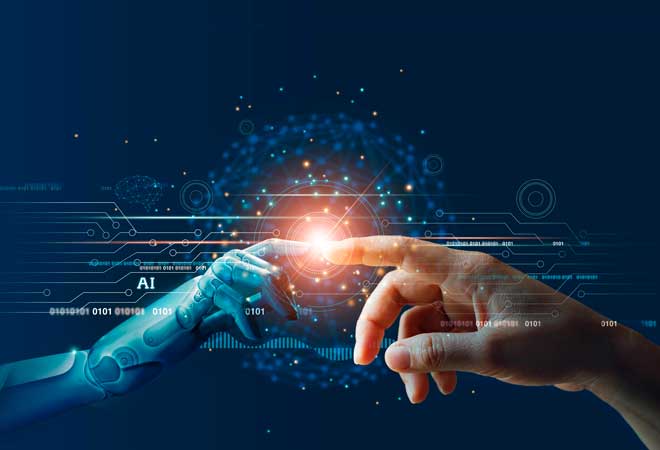
Self-learning can create a meta-universe and perhaps even human-level AI. It is believed that the next AI revolution will come when AI systems lose the need for supervised learning. They will no longer rely on precisely mapped data to provide reliable information to gain insight into the world and complete tasks. AI systems should be able to learn from humans with minimal human involvement. Supervised learning works well in relatively delineated domains for which many labeled data can be obtained. The raw data obtained during deployment is different from that used during training. Collecting large amounts of labeled data that are not biased to some degree is quite tricky.
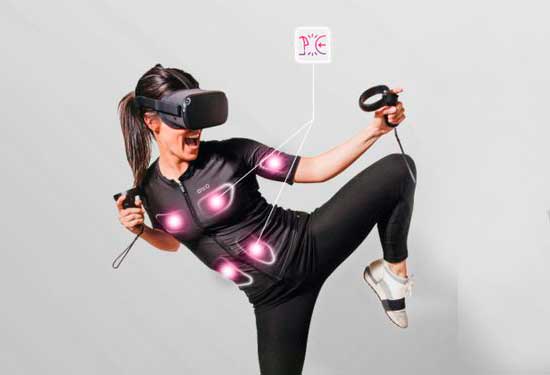
Do you want to feel everything in VR games? The OWO Tactile Vest presented at CES 2022 will do just that. At CES 2022, there were a lot of unique gaming products, such as the CyberPowerPC breathable computer case and several companies that introduced new accessories that can enhance the virtual reality experience. One of them is the OWO Haptic Vest, which will allow you to feel pain from a bee sting to a bullet wound.
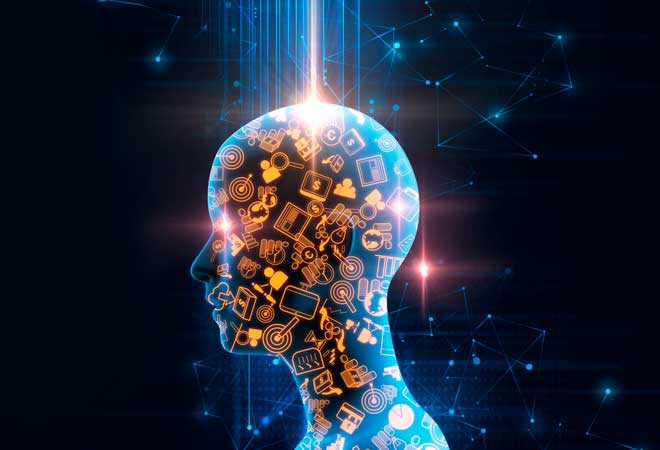
To become comparable to human intelligence, full AI must be able to transfer lessons learned from one domain to another, have common sense, cooperate with other machines or humans, and have self-awareness. Experts have different opinions about when humanity will create full AI: predictions range from 2030 to 2050. Many companies are developing artificial intelligence similar to human intelligence, but Open AI, Google Brain, DeepMind, and Facebook A.I. Research are leading the way.
